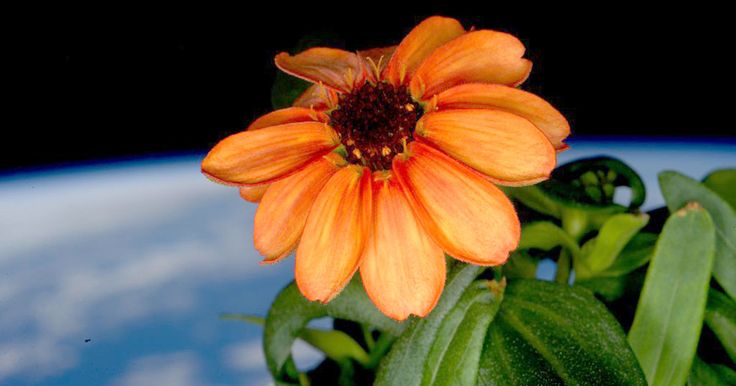 You may know about photosynthesis -- the process by which plants can produce their own food from just sunlight, carbon dioxide, and water. But did you know who discovered the process?
You may know about photosynthesis -- the process by which plants can produce their own food from just sunlight, carbon dioxide, and water. But did you know who discovered the process?
Jan Ingenhousz, a Dutch biologist, helped us understand this amazing natural phenomenon and was honored recently with a Google Doodle.
The Discovery
In the late 1700s, a man named Joseph Priestly discovered a very important fact: plants had the ability to restore an element known as oxygen to the air.
 To do this, he placed a candle in a sealed container where it promptly extinguished. This occurred because the flame, which needs oxygen to burn, was cut off from its oxygen supply. However, when Priestly added a sprig of mint to the container, the candle continued to burn, even when placed in a sealed container.
To do this, he placed a candle in a sealed container where it promptly extinguished. This occurred because the flame, which needs oxygen to burn, was cut off from its oxygen supply. However, when Priestly added a sprig of mint to the container, the candle continued to burn, even when placed in a sealed container.
We now know that this occurrence was a result of the sprig of mint emitting oxygen as a byproduct of photosynthesis. However, scientists of Priestly's s time needed more convincing -- they still believed it was because plants restored “injured air.”
Another man, Jan Ingenhousz expanded upon Priestly's experiment. He discovered a vital component to this restorative process, sunlight. Without sunlight, the candle was extinguished even in the presence of plants. He discovered that plants emit carbon dioxide and not oxygen when it is dark, causing the candle to go out. However, in the sun, the flame continued to burn as the plant produced oxygen.
Ingenhousz's s research also indicated that photosynthesis only occurs in the green portions of plants, in areas with chlorophyll that allow the plant to utilize energy from the sun.
Photosynthesis: A Plant’s Food
 The process begins when carbon dioxide enters the plant through tiny holes on the underside of its leaves called stomata.
The process begins when carbon dioxide enters the plant through tiny holes on the underside of its leaves called stomata.
The process of making food occurs in the chloroplasts of plants, where there is an abundance of chlorophyll, the chemical that helps turn the sunlight, carbon dioxide, and water into food.
Different types of plants need different amounts and intensities of sunlight to perform photosynthesis. Some plants, like cacti, thrive best in intense, direct sunlight. This is why most cacti live in the desert!
Other plants, like ferns, prefer indirect sunlight as they typically having more chloroplast to make use of every last bit of sunlight. It is similar to how people with lighter skin protect themselves from the sun to avoid getting a sunburn, while those who tan can enjoy more sunlight.
Ingenhousz's discovery of sunlight as a driving force behind photosynthesis expanded the benefits that we can gain from plants. It opened up the possibilities for greenhouse plants, allowing scientists to more efficiently raise and research plants by monitoring sunlight and the climate.
Courtesy Independent.co.uk, Brittanica, uq.edu.au








